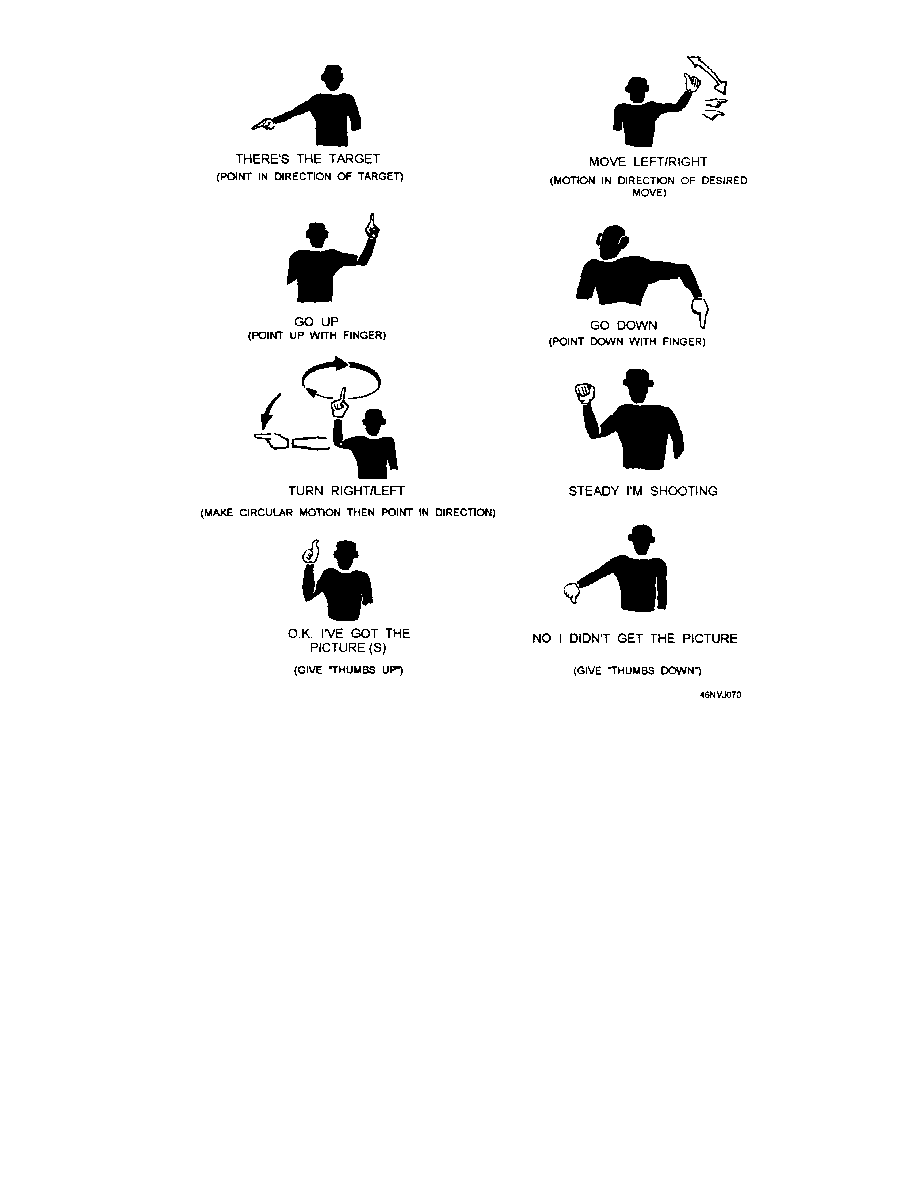
DOFMaster
for Windows
On-line
Depth of Field
Calculator
DOFMaster for Mobile Devices
On-line
Depth of Field
Table
Hyperfocal
Distance Chart
Articles
FAQ
Recommended
Books
Support
Contact
Links
Home
for Windows
On-line
Depth of Field
Calculator
DOFMaster for Mobile Devices
On-line
Depth of Field
Table
Hyperfocal
Distance Chart
Articles
FAQ
Recommended
Books
Support
Contact
Links
Home
As an Amazon Associate I earn from qualifying purchases.
![]()
the picture.
overall view that cannot be obtained from the ground in
a single photograph or even in several photographs.
Generally, aerial oblique photos show relationships in
size and spacing between objects better than ground
views. The angle of view is unusual and attention
seeing subjects from above. As with composition for
any type of photography, when you compose an aerial
photograph, you should consider all the aspects of good
composition--image size, subject placement within the
picture area, balance, camera angle, lighting, and timing
(when to fire the shutter). The target and purpose of the
proper composition. Good aerial photographic
composition is harder to achieve than ground
photographic composition. In aerial work you are in a
moving aircraft and do not have the time necessary to
compose a picture in the viewfinder. You must
compose the picture in your mind as you observe the
target from the aircraft during the approach. You cannot
move the subject around or change the direction from
which the light is coming. Your two primary tools in
aerial composition are camera viewpoint and timing.
You must shoot your pictures at the correct instant to
Advanced Photography Course

As an Amazon Associate I earn from qualifying purchases.
WWW.DOFMASTER.COM
© 2006 Don Fleming. All rights reserved.
© 2006 Don Fleming. All rights reserved.